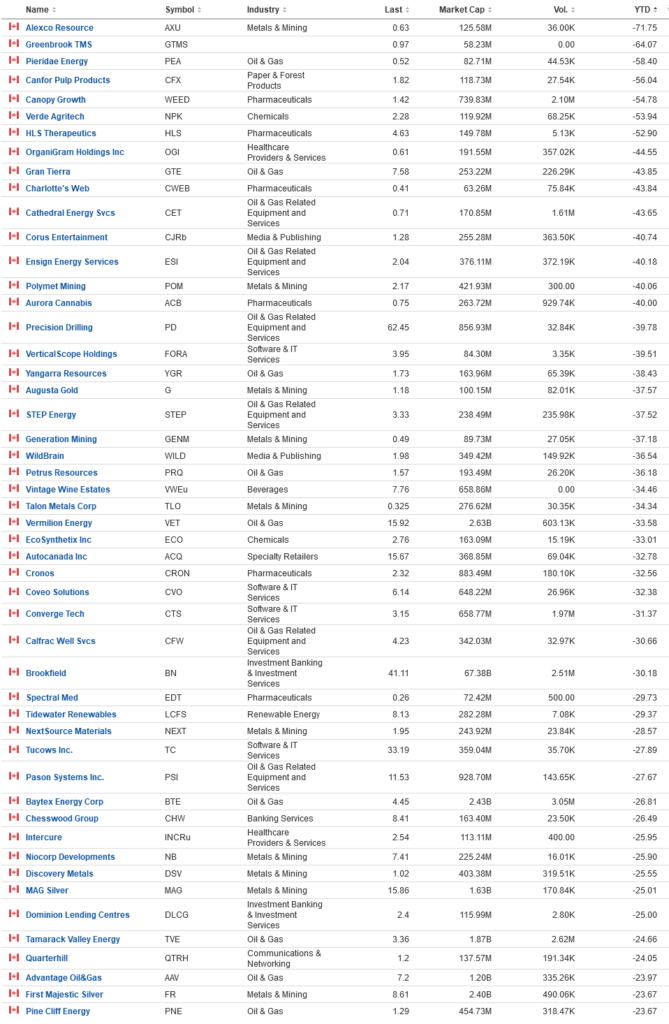I try to avoid politics on this site other than the direct impact of various policies on investment values.
That said, the upcoming Alberta provincial election, scheduled for May 29, 2023, is a significant political event risk for most of the publicly traded Canadian oil and gas companies, especially CNQ, CVE and SU.
Unlike most of the promises that both major provincial parties talk about and will never deliver on, I think it is safe to say that it is universally agreed that it is a near-certainty that the provincial corporate income tax will rise from 8% to 11% if the Alberta NDP is elected.
The oil and gas producers of Alberta continue to deliver a huge amount of corporate profits at the moment. Pretty much all of the large capitalization companies have exhausted their available tax shields. Since oil and gas production is a price-taker industry, the cost of a corporate tax increase gets directly borne by the shareholders (i.e. the companies cannot all unilaterally raise their prices, which is set by an international market).
The present value of four years of a 3% corporate tax increase on a company such as Cenovus, at WTI US$73 and everything else being equal would be about 35 cents per share.
There is other baked in assumptions that come politically (e.g. royalty regime changes, asset retirement obligation changes, regulatory changes and other indirect taxation changes on fossil fuels) which would increase costs to shareholders.
In essence, you can indirectly infer what market participants think about the election through oil and gas stock prices. The May 5, 2015 election result (caused by a significant split in the Progressive Conservative party) led to Alberta-based oil and gas equities to drop around 5-6%.
This time around, there is no significant split in the right wing of the political spectrum, which would be to the detriment of the Alberta NDP. Indeed, this election is looking to be the most polarized election since 1913, where the top two parties received 94.33% of the vote. Needless to say, Alberta has changed a lot since then.
Opinion polling would suggest that the UCP is going to win, but inevitably the makeup of the voter turnout in “swing seats” (i.e. in certain parts of Calgary, and outer fringes of Edmonton) will determine the outcome of this election. Pretty much all the messaging of the two major political parties is geared towards this mostly sub-urban geography.
My political projection has the UCP winning with about 55 seats (44/87 needed for a majority). The NDP will do much better on popular vote because the remnants of the Alberta Liberals and Alberta Party will coalesce into the “not UCP” camp, but even with around 45% of the vote, it will be insufficient due to the extreme polarization this election.
